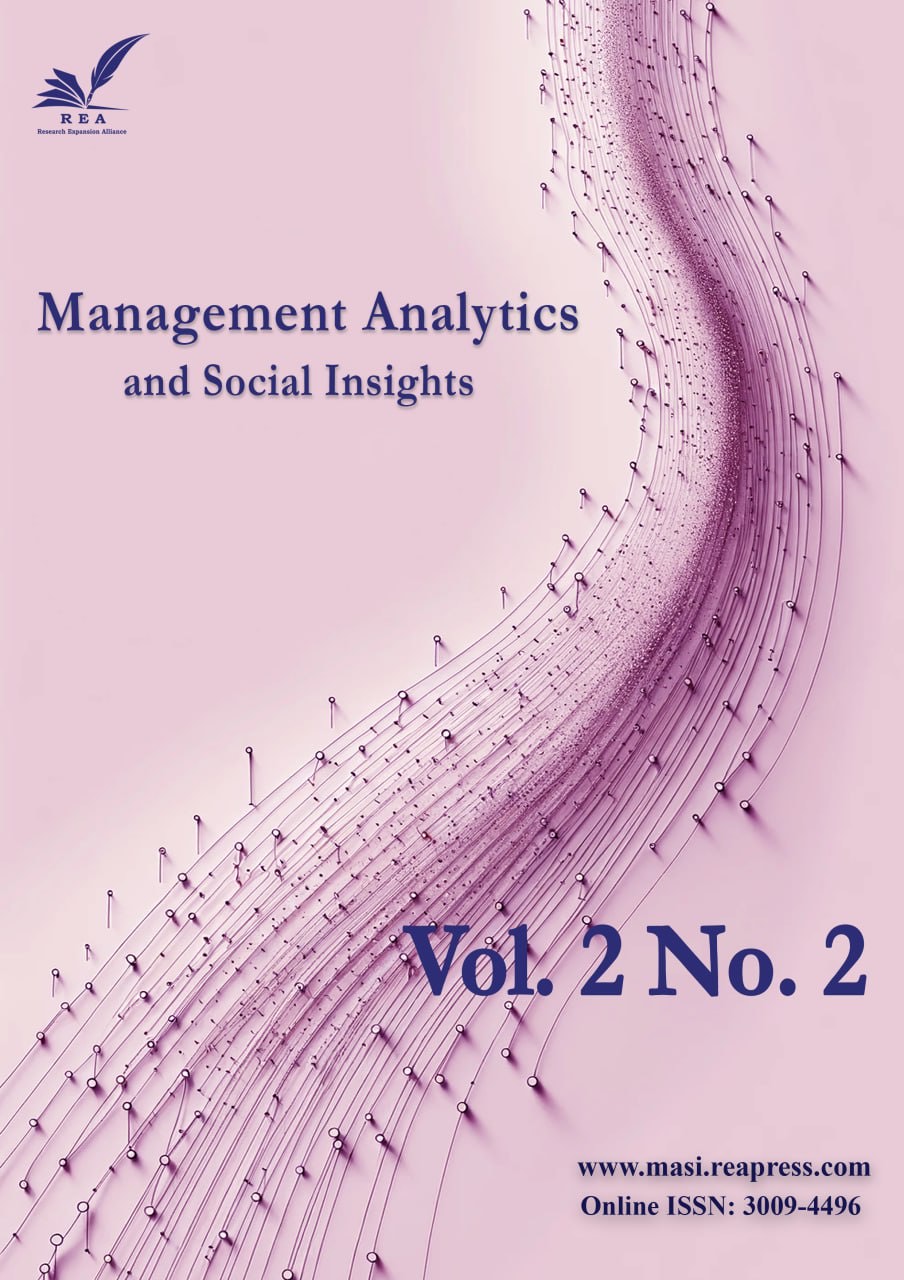Strategic Analysis of Tata Motors in the United Kingdom: Recommendations for Nigeria Market
Abstract
Evidence has revealed that Tata Motors has been successful in recent years by grasping foreign opportunities. The money earned from overseas locations was about 9% in 2016; in the two years, it rose to 79.80% in 2018. The bendy strategy framework is employed to assess the strategies adopted by Tata Motors in a selected country, which enhanced to acquire a global presence in the automotive manufacturing sector, mainly in the United Kingdom. This framework aims to manage the changing dynamics of the market and, at the same time, ensure organizational continuity into the unforeseeable future. The tendency of the organization to properly blend continuity and alternate characteristics has aided it in dominating the worldwide market. The company is constantly developing new principles to maintain leadership and avoid being carried away by competitors. This study delves into the strategic risk management of competition administration and internationalization of Tata Motors from India to the United Kingdom, a framework for extending automotive manufacturing operations into Nigeria.
Keywords:
Tata motors, Strategy, Analysis, ManagementReferences
- [1] Kotak Securities. (2023). Tata motors: Why It can be a ‘value’ buy. https://B2n.ir/gw9855
- [2] Glosten, L. R., Jagannathan, R., & Runkle, D. E. (1993). On the relation between the expected value and the volatility of the nominal excess return on stocks. The journal of finance, 48(5), 1779–1801. https://doi.org/10.1111/j.1540-6261.1993.tb05128.x
- [3] Juneja, P. (2008). Management study guide. https://B2n.ir/fe8271
- [4] Vlasic, B. (2016). Recent and archived work by Bill Vlasic for The New York Times. https://www.nytimes.com/by/bill-vlasic
- [5] Tata Motors. (2013). Jaguar Land Rover Motors. https://B2n.ir/xe9081
- [6] Trefis Team. (2019). Management team. https://www.trefis.com/info/about-trefis/management-team/
- [7] Tata Motors. (2025). Company profile. https://www.tatamotors.com/organisation/about-us/
- [8] Tata Motors. (2017). Media Statement Padma Vibhushan Mr Ratan N Tata. https://www.tatamotors.com/
- [9] Tata Motors. (2018). Worldwide-Tata motors limited. https://www.tatamotors.com/
- [10] Upadhyayula, V. K., Parvatker, A. G., Baroth, A., & Shanmugam, K. (2019). Lightweighting and electrification strategies for improving environmental performance of passenger cars in India by 2030: A critical perspective based on life cycle assessment. Journal of cleaner production, 209, 1604-1613. https://doi.org/10.1016/j.jclepro.2018.11.153
- [11] Tata, J. N. (1868). Tata motors. https://B2n.ir/ks8565
- [12] Pinat, E. (2014). International Business Strategy – Tata Case Study (BUSM089). https://www.youtube.com/watch?v=5LMxjkkUI8s
- [13] Sim, W. (2019). Industry outlook. https://B2n.ir/nr8900
- [14] Kumar, N. (2008). Internationalization of Indian enterprises: Patterns, strategies, ownership advantages, and implications. Asian economic policy review, 3(2), 242–261. https://doi.org/10.1111/j.1748-3131.2008.00109.x
- [15] Tata Motors. (2004). Riding the global wave. https://www.tatamotors.com/
- [16] Global, C. (2016). Cross-border cultural challenges in mergers and acquisitions: The Tata Jaguar case. https://tesi.luiss.it/10539/1/ciceri-piergiorgio-tesi-2013.pdf
- [17] Tata Motors. (2015). Management discussion and analysis. https://B2n.ir/bm7075
- [18] I Tambade, H., Singh, R. K., & Modgil, S. (2019). Identification and evaluation of determinants of competitiveness in the Indian auto-component industry. Benchmarking: An international journal, 26(3), 922-950. https://doi.org/10.1108/BIJ-09-2017-0260
- [19] Bhat, J. S. A., Sushil, & Jain, P. K. (2011). Innovation by harmonizing continuity and change. Journal of business strategy, 32(2), 38–49. https://doi.org/10.1108/02756661111109761
- [20] Porter, M. E. (1990). The competitive advantage of nations the free press. New york, 564. https://B2n.ir/xw2167
- [21] Lall, S. (2001). Competitiveness, technology and skills. In Competitiveness, technology and skills. Edward Elgar Publishing. https://doi.org/10.4337/9781781950555
- [22] Gürel, E. (2017). SWOT analysis: A theoretical review. The journal of international social research, 10(51), 994–1006. http://dx.doi.org/10.17719/jisr.2017.1832
- [23] Adeniran, A. O., & Obembe, O. E. (2020). The significance of strategic management accounting on the performance of transport businesses in Nigeria. Insights into regional development, 2(3), 677–688. https://dx.doi.org/10.9770/ird.2020.2.3(5)
- [24] Nandonde, F. A. (2019). A PESTLE analysis of international retailing in the east African community. Global business and organizational excellence, 38(4), 54–61. https://doi.org/10.1002/joe.21935
- [25] Adeniran, A. O., & Olorunfemi, S. O. (2020). The essence of knowledge management in the air transportation sector. International journal of human capital in urban management, 5(2), 176–186. https://doi.org/10.22034/IJHCUM.2020.02.08
- [26] Walden, J. (2011). STEEPLE vs. PMESII-PT: Strategy methodologies compared. Supply chain leadership institute, 1–14. https://B2n.ir/mp7676
- [27] Dalirazar, S., & Sabzi, Z. (2023). Strategic analysis of barriers and solutions to development of sustainable buildings using PESTLE technique. International journal of construction management, 23(1), 167–181. https://doi.org/10.1080/15623599.2020.1854931
- [28] Carr, L. P., & Nanni, A. J. (2009). Delivering results: Managing what matters (1st Ed.). Springer. https://doi.org/10.1007/978-1-4419-0621-2
- [29] Tata Motors. (2014). Annual report 2015/16. https://B2n.ir/pe9206
- [30] Chatzoglou, P., & Chatzoudes, D. (2017). The role of innovation in building competitive advantages: An empirical investigation. European journal of innovation management, 21(1), 44–69. https://doi.org/10.1108/EJIM-02-2017-0015


